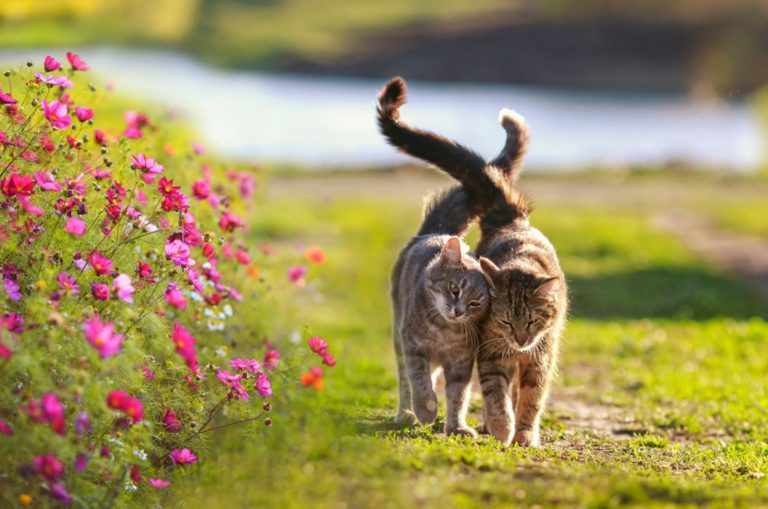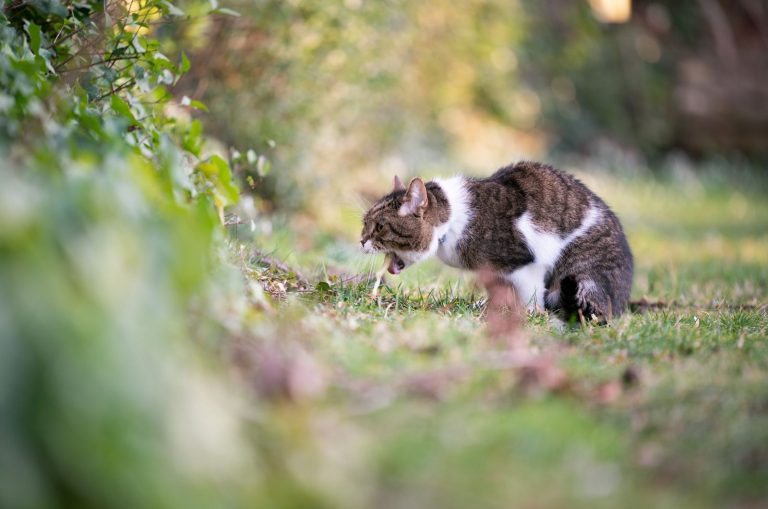9 U.S. Spots Where You Can Still See Wild Horses Roam Free
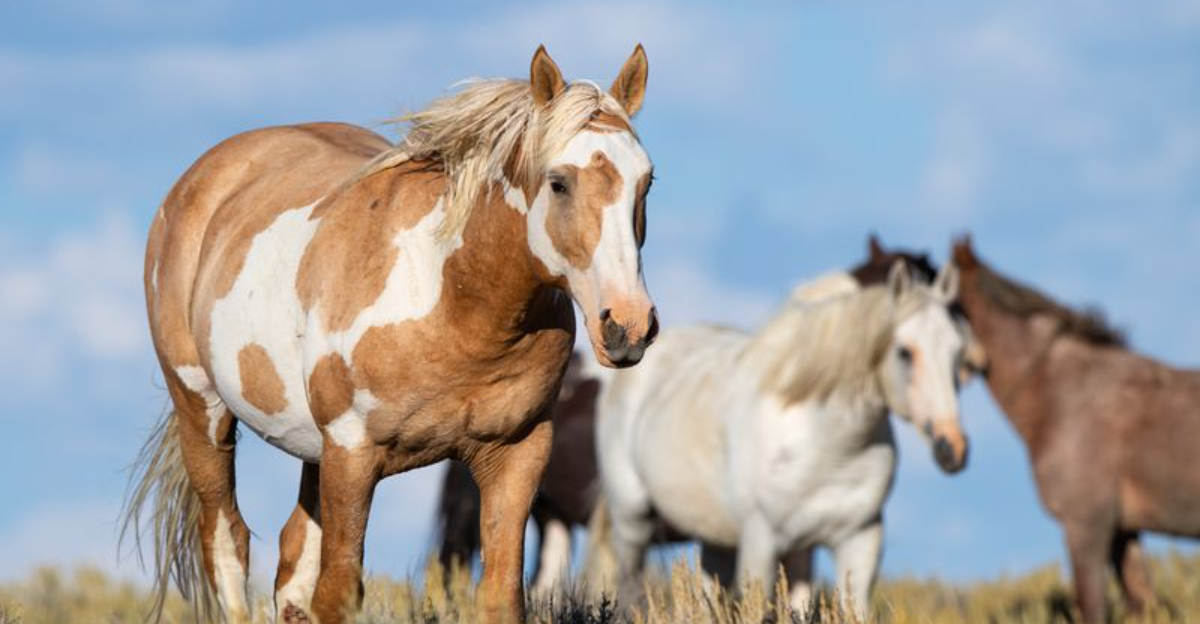
There’s something magical about watching wild horses gallop freely across open landscapes, their manes flowing in the wind. These majestic creatures, symbols of America’s untamed spirit, still roam in select pockets across the United States.
For nature lovers and horse enthusiasts alike, witnessing these magnificent animals in their natural habitat offers an unforgettable glimpse into America’s wild heritage.
1. Assateague Island, Maryland & Virginia
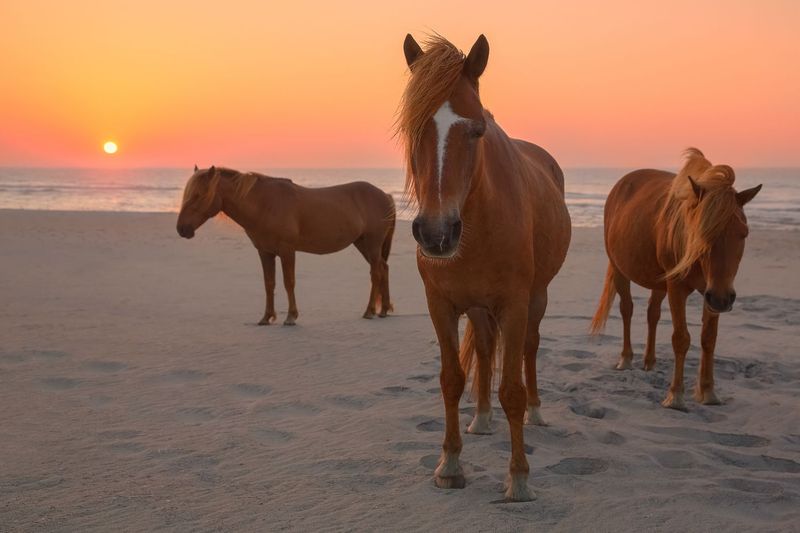
Salty sea breezes and sandy beaches provide the perfect backdrop for the famous Chincoteague ponies. These sturdy horses are survivors, thought to be descendants of Spanish shipwreck escapees centuries ago.
The ponies have adapted remarkably to coastal living, drinking from freshwater ponds and grazing on marsh grasses. Visitors can spot them year-round while enjoying the island’s pristine shoreline and abundant wildlife.
2. Outer Banks, North Carolina
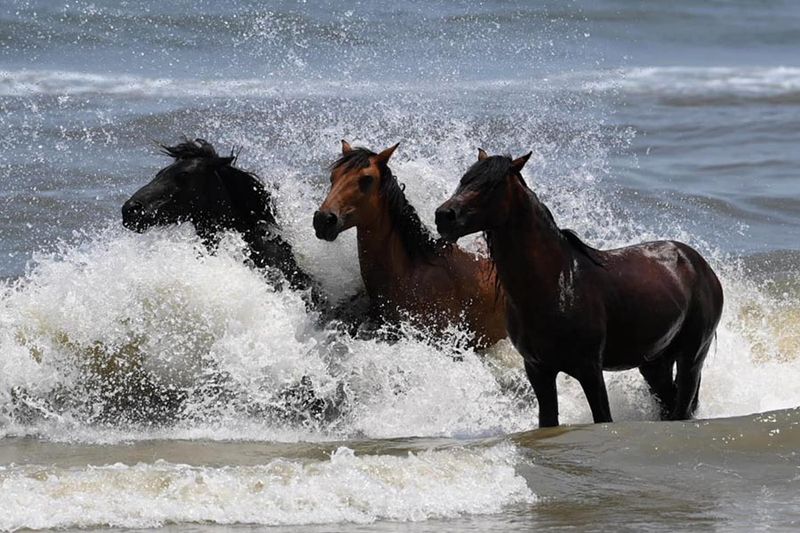
Colonial Spanish mustangs roam freely among the dunes and maritime forests of this barrier island paradise. These legendary Banker horses have survived hurricanes, nor’easters, and centuries of isolation.
Their distinctive features, compact bodies, low-set tails, and unique coloration, reveal their Spanish ancestry. Morning and evening hours offer the best viewing opportunities when the horses emerge from the shade to graze near the shoreline.
3. McCullough Peaks, Wyoming
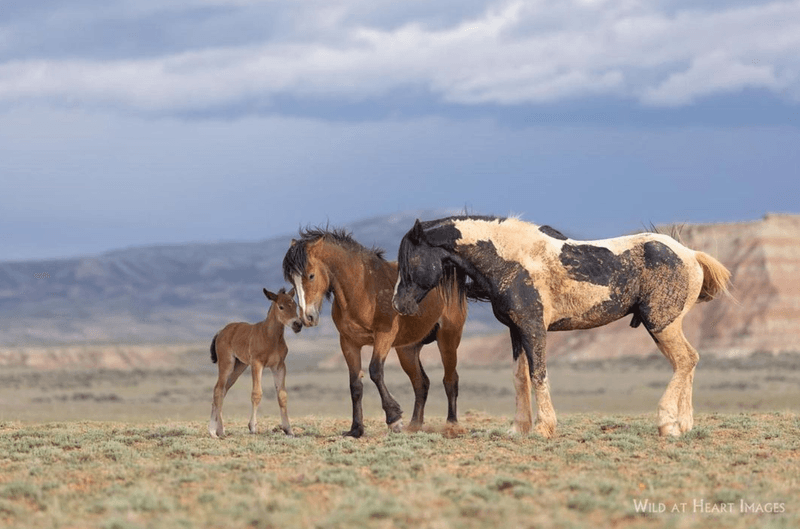
Dramatic badlands and sagebrush plateaus create a stunning home for the McCullough Peaks mustangs. Many display the distinctive dun coloration with dorsal stripes, genetic markers of their ancient heritage.
The herd roams a 120,000-acre range east of Yellowstone, offering photographers incredible opportunities. Four-wheel-drive vehicles are recommended for accessing the remote viewing areas where these resilient horses battle Wyoming’s harsh elements year-round.
4. Sand Wash Basin, Colorado
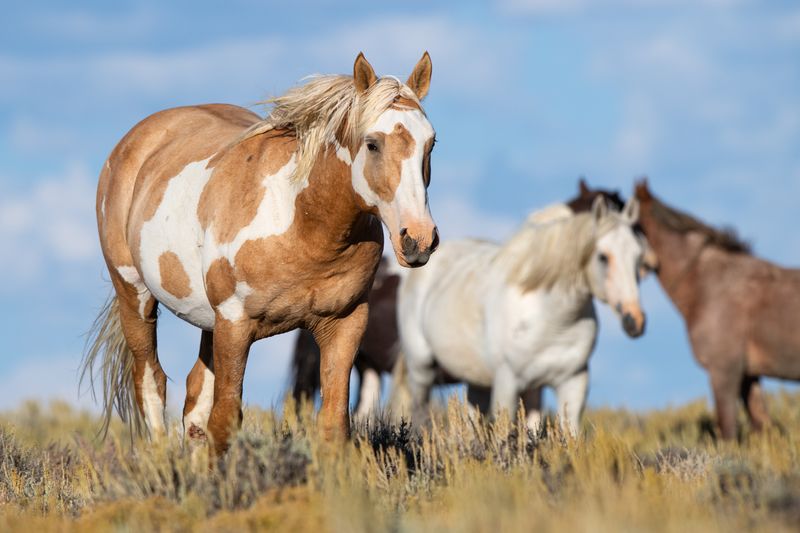
Rugged desert beauty frames the wild mustangs of Sand Wash Basin. Against a backdrop of sage-covered hills and red rock formations, bands of horses travel across this 157,000-acre range.
Famous horses like Picasso, known for his unique tri-colored markings, have captured photographers’ hearts. Spring brings foaling season, while fall’s cooler temperatures make the horses more active and visible during daylight hours.
5. The Pryor Mountains, Montana
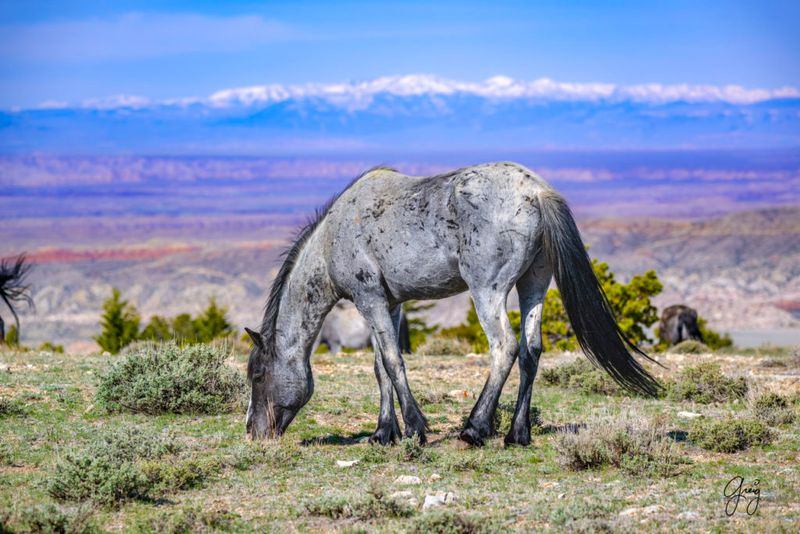
Cloud the Stallion, star of several PBS documentaries, brought fame to this special herd. The Pryor Mountain mustangs showcase rare Spanish Colonial characteristics and unique color patterns not commonly seen elsewhere.
Their remote mountain home spans from desert lowlands to alpine meadows. Visitors willing to hike or take rough roads are rewarded with sightings of family bands grazing peacefully against spectacular Montana vistas.
6. Salt River, Arizona
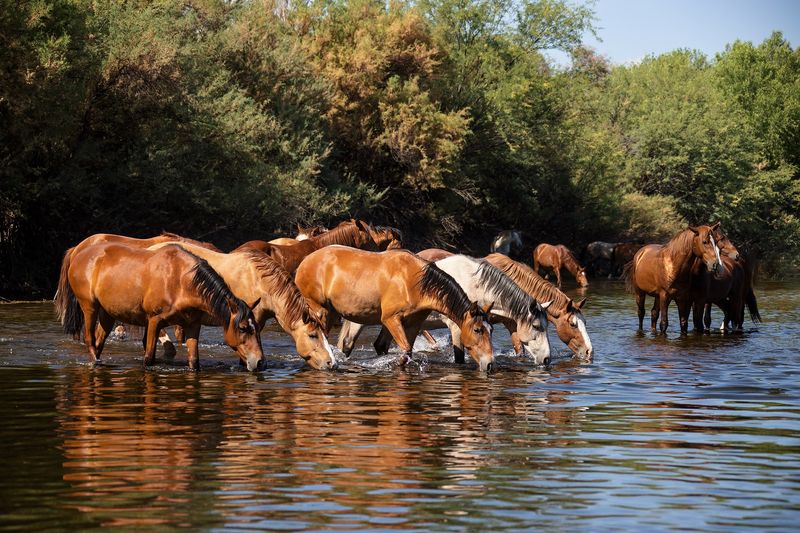
Mesquite bosques and cottonwood groves shelter the Salt River wild horses as they wade through refreshing waters. Unlike many wild herds, these horses frequently cool off in the river, creating magical photo opportunities.
Once threatened with removal, passionate advocates helped secure their protected status in 2015. Kayaking the gentle river currents offers the most intimate viewing experience as bands gather at the water’s edge during Arizona’s scorching afternoons.
7. Red Rock Canyon, Nevada
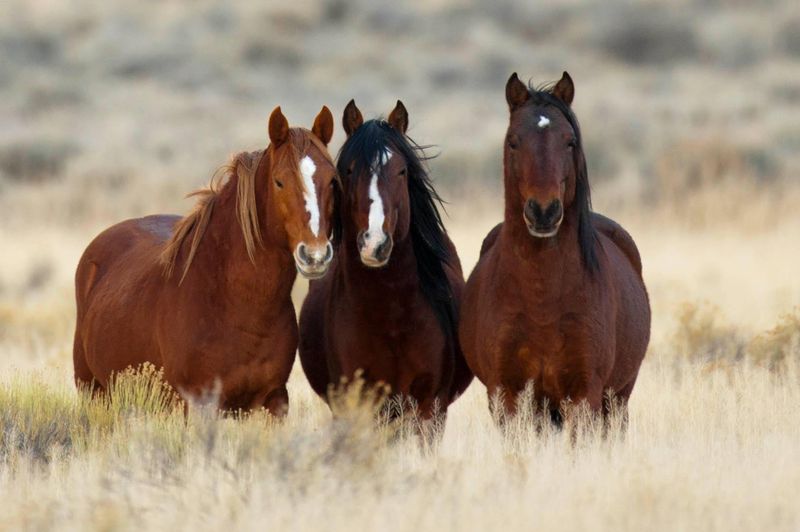
Fiery sandstone cliffs provide a dramatic contrast to the dark silhouettes of wild horses in this desert sanctuary. Just minutes from Las Vegas lies this unexpected oasis where small bands navigate the harsh landscape.
Dawn patrols along the scenic loop often yield sightings as horses seek water before the desert heat intensifies. The vibrant geology of Red Rock creates a photographer’s dream backdrop for capturing these resilient desert dwellers.
8. Elliott State Forest, Oregon
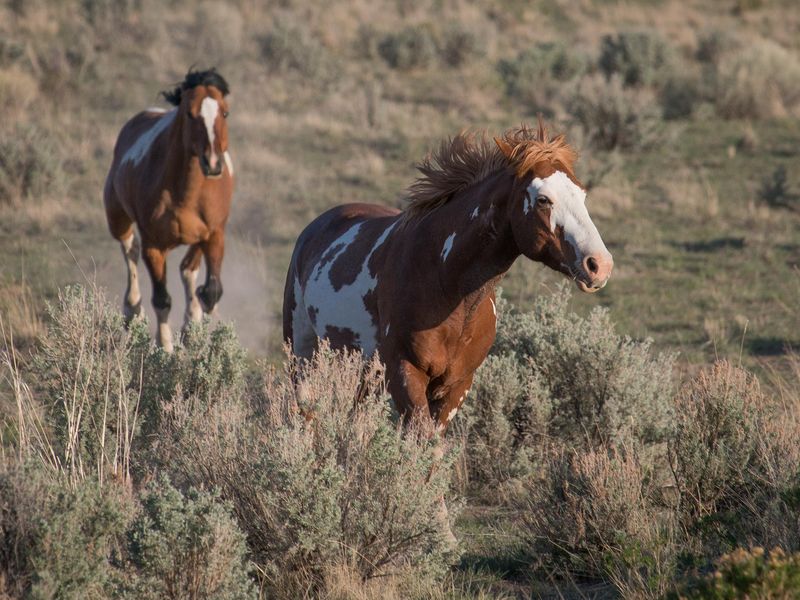
Emerald canopies and misty coastal mountains create a lush paradise for Oregon’s lesser-known wild horses. Unlike their desert-dwelling cousins, these horses thrive in the temperate rainforest environment.
Moss-draped trees and fern-covered forest floors create a fairytale setting. Patient hikers might glimpse these elusive forest dwellers drinking from crystal streams or grazing in hidden meadows, a stark contrast to the typical wild horse habitats.
9. Bureau Of Land Management Herd Areas, Nevada
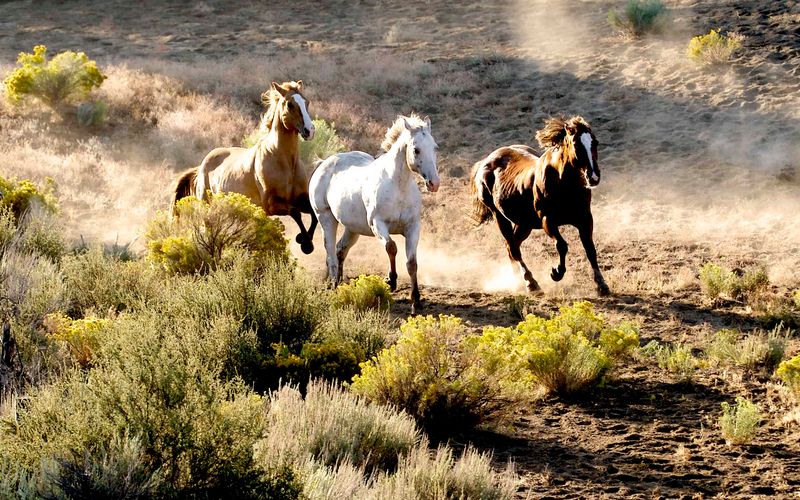
Half of America’s wild horses call Nevada home, scattered across its vast open spaces. The Silver State’s HMAs (Herd Management Areas) showcase incredible diversity. From the famous Virginia Range mustangs near Reno to remote herds few humans ever see.
Each area has unique characteristics, from ghost-white horses at Triple B to the palominos of Calico Mountains. Local BLM offices provide maps and viewing recommendations for this ultimate wild horse road trip adventure.


